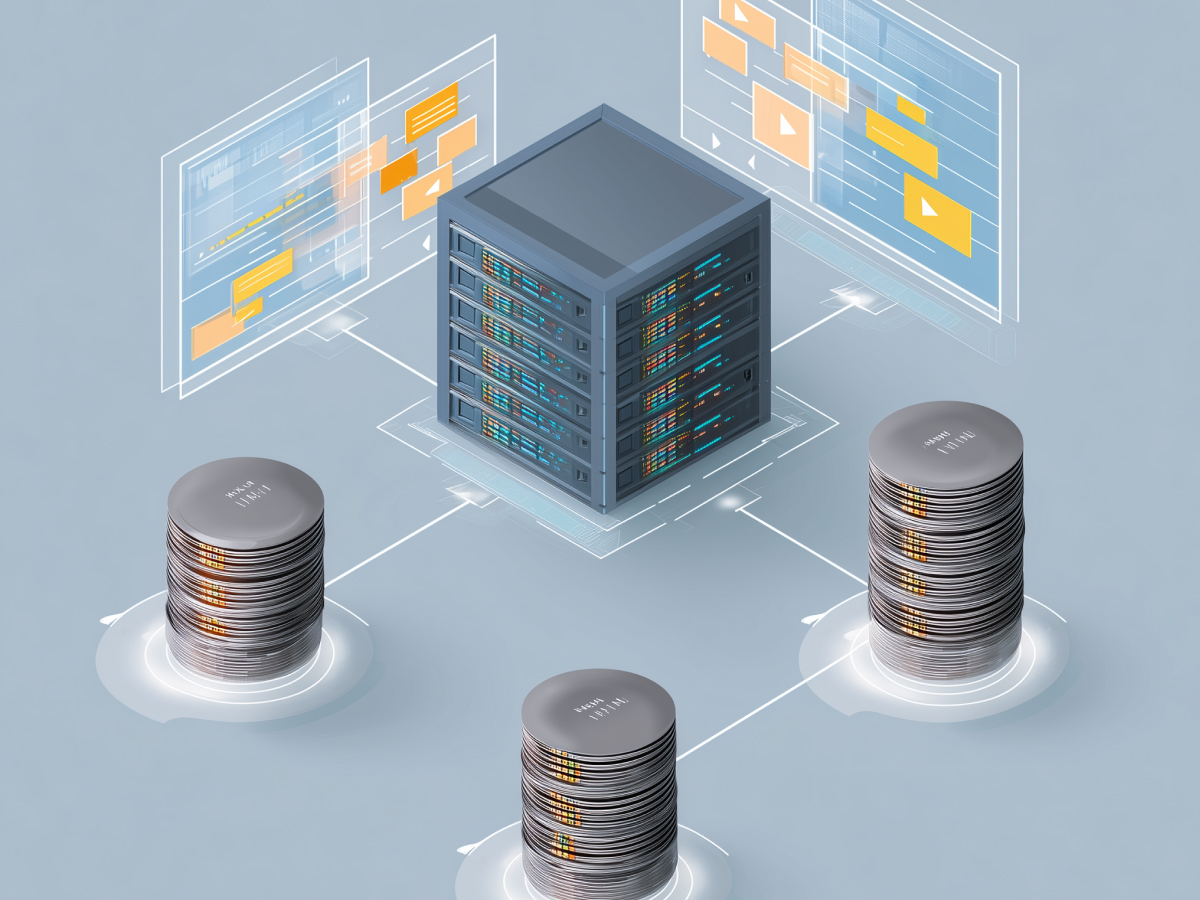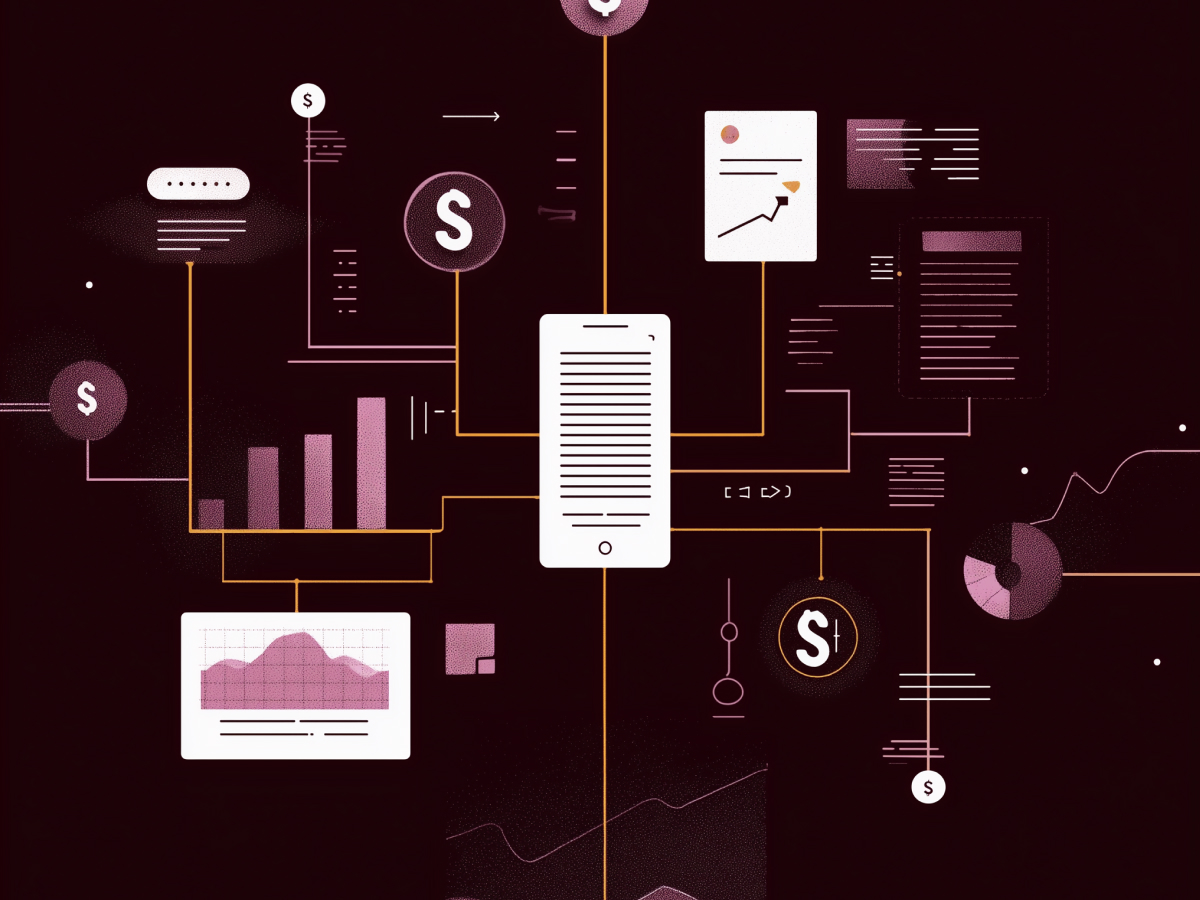Cloudflare introduces “Pay per crawl” as a new monetization mechanism for publishers
Most of the content online today was created by humans, people and companies investing real time and money. But AI models have flipped that equation. They’re scraping this content at scale to feed training pipelines, generate answers, or build smarter search, without compensating the original creators. It’s a broken system for anyone relying on traffic or licensing to pay the bills.
Cloudflare’s “Pay per Crawl” flips the switch. It gives publishers actual control over how their content is accessed and monetized by AI. If you’re running a content site, you can now decide whether to allow AI crawlers, which ones, how often, and at what cost per crawl. Cloudflare takes care of tracking, billing, and payouts. It’s simple and clear. Both the AI company and the website need Cloudflare accounts, so everything is linked and verified.
This matters. A content-rich site today could be scraped millions of times and receive little, or zero, return. That model is collapsing. Search is evolving. Users are asking AI agents for answers instead of visiting actual websites. If content creators aren’t compensated when their outputs are used to train or serve AI, we kill long-term content quality and sustainability.
Cloudflare’s approach is pragmatic. It doesn’t try to stop progress. It aligns incentives. When AI needs access to knowledge, someone’s got to fund the creation of that knowledge. That’s what Pay per Crawl is setting up.
According to Cloudflare’s own numbers, AI crawlers return hardly any meaningful traffic. Google sends one visit back for every 14 times it scrapes a page. That’s already inefficient. But OpenAI and Anthropic? They deliver a single visit for every 1,700 and 73,000 crawls respectively. That’s not sustainable.
If we want the future of AI to be valuable and not just extractive, then this kind of framework matters. Make it fair, make it simple, and make it scale. Cloudflare is starting to show that’s possible.
AI companies are mandated to disclose the specific purpose of crawler activities
Under Pay per Crawl, AI companies need to be transparent about why they’re crawling a site: is it for training a model, running inference, or powering a search engine? That’s key. It allows content owners to make focused decisions. Not every use case brings equal value, or risk.
This structure adds accountability. The AI companies can’t just hit your servers blindly. They have to specify what they’re doing with the data. As a publisher or executive managing digital IP, you gain real insight, finally, into how your content integrates into the AI value chain.
Training models with vast datasets is one thing. Using crawled content in real-time to deliver answers to billions of users? Different use case. And likely a higher value. Knowing the application informs how you price access, whether you allow it, and what kind of relationship you want to establish.
It also means enforcing ethical boundaries becomes easier. If an AI crawler says it’s not training but actually is, there’s now a foundation for accountability, and financial consequences. This transparency-first model allows businesses to protect long-term content value while participating in a modern AI ecosystem.
Executives should think strategically here: being proactive with this system isn’t about restriction. It’s about setting smarter guardrails around your intellectual capital. That’s how you partner on your terms, not theirs.
The system offers granular control to website owners over AI crawler interactions
Control is shifting, finally, in favor of content creators. Cloudflare’s Pay per Crawl gives site owners the ability to manage AI crawler access with precision. You can now allow, block, or charge different prices for individual AI crawlers. Each setting is custom, based on who’s crawling and why. You’re no longer handing out blanket permissions to anyone hitting your server.
This isn’t theoretical. In the private beta, publishers are already setting rates, approving crawlers, and getting paid when their content is used. Cloudflare manages the entire payment flow, clear tracks, trusted hands. No platform switching, no friction. Both parties must have Cloudflare accounts, which adds security while creating a verified ecosystem.
That kind of granularity changes strategy. Content isn’t being siphoned and monetized elsewhere with no visibility. Executives managing digital media portfolios, or any site producing valuable original insights, can now configure access based on real business logic. You can whitelist trusted AI partners while blocking high-volume scrapers that extract but don’t return value.
Just like you allocate infrastructure or bandwidth resources, you can now allocate access based on value alignment. That drives smarter pricing decisions. It also shifts negotiating power back into the hands of content producers who have long operated under vague and one-sided web crawling norms. You now have leverage. Make it count.
Cloudflare implements a “default of control” by blocking AI crawlers unless explicitly permitted
The old defaults are gone. Cloudflare now blocks all AI crawlers by default on new websites, unless site owners explicitly allow access. That’s not a small shift, it resets assumptions about who has the right to access your content. Default-deny, custom-allow. This establishes a new layer of proactive ownership over published data.
This makes sense if you’re thinking about risk, exposure, or value protection. If an AI company wants access to your site, they need to ask. They don’t get to assume it’s open. That gives businesses a cleaner path to managing internal policy around content distribution. It eliminates the noise and prevents content from being silently absorbed into third-party models without compensation.
For any organization serious about protecting IP or monetizing content over the long term, this is foundational. Control is no longer reactive, writing a robots.txt file or sending takedown requests after damage is done. Now, permission has to be granted upfront. That naturally shifts the relationship between AI systems and content holders into a structured, consent-based framework.
From an operational standpoint, this also reduces overhead. Executives don’t have to assign teams to chase after bad actors, audit logs, or draft legal notices. The gate is closed by default. You decide who gets through. That’s cleaner, leaner, and more aligned with how valuable digital assets should be managed.
Pay per crawl offers small publishers a direct revenue alternative to mainstream licensing deals
Most licensing agreements between media and AI firms are restricted to major players, think of The New York Times and other top-tier publishers. Smaller publishers usually aren’t invited to the table. They’re left without leverage, forced to watch their content get scraped and used without compensation. Pay per Crawl resets that dynamic by giving every publisher, regardless of size, the ability to define terms and monetize access directly.
This isn’t just about income, it’s about relevance. For smaller outfits, relying solely on unpredictable ad revenue or dwindling referral traffic makes growth difficult. Pay per Crawl isn’t a handout or a partnership that devalues content. It’s a market-driven approach where publishers set prices, control access, and participate in the AI-driven ecosystem on their own terms.
For leaders in independent media, blogs, analyst sites, or specialized content platforms, this creates optionality. You don’t need massive legal infrastructure to enforce crawler restrictions or navigate opaque AI licensing schemes. Instead, the system runs through Cloudflare, with built-in controls and transaction flow. It’s direct, flexible, and doesn’t require intermediaries who take a cut or introduce friction.
More importantly, it equalizes the conversation between content owners and AI companies. It’s no longer about traffic or exposure, it’s about value per access. That opens up a new business line for smaller teams who create high-quality, high-usefulness content.
The rise of AI-generated responses challenges traditional traffic-based monetization models
Search engines used to be engines for traffic. You create content, you get indexed, and users click through from search pages to your site. That transactional model made sense, it gave publishers exposure and monetization potential through ads or subscriptions. But AI tools are bypassing that flow. They summarize, interpret, and generate results directly from publisher content, giving users answers without sending them back to the source.
This changes everything. If AI models harvest your data to serve answers, but don’t return visits, eyeballs, or engagement, then your revenue shrinks while your content supports someone else’s platform. Cloudflare’s Pay per Crawl addresses this by introducing a monetary exchange at the point of data access. If your content fuels AI results, you have the opportunity to get paid, not just hope for a referral that may never come.
Executives need to be clear-eyed about this shift. According to Cloudflare’s numbers, the return rates from AI crawlers are negligible. Google provides one referral per 14 scrapes. But OpenAI gives one for every 1,700. Anthropic? One click per 73,000 crawls. Those are not acceptable tradeoffs if your business depends on content engagement.
The traffic-for-access model doesn’t cover modern use cases. AI changes how users interact with information. So the monetization structure has to evolve to reflect it. Pay per Crawl is, at its core, a step toward realignment, linking the value content delivers to how it gets compensated even when traffic dries up. For any business leader managing content, this will need to be part of forward-looking strategy.
The scalability and adoption of the pay per crawl model
The concept behind Pay per Crawl is solid, align content access with compensation. But whether it scales depends on two factors: AI companies agreeing to pay, and publishers setting pricing that reflects content value without pushing away demand. The tension between access and economics will define the system’s future.
Most AI firms are used to scraping the web freely. Shifting that culture to one where they pay, whether a few cents per crawl or more, requires strong incentives or pressure from high-value, exclusive content. Major players might cooperate, but long-tail AI developers may resist. For this system to scale, the economics must be compelling enough for both sides. Publishers are already cautious about devaluing their content, and AI companies are sensitive to scaling costs across millions of queries.
Cloudflare is exploring support for stablecoins to streamline payments, which could help with cross-border access and cost-efficiency. That may open up new markets and reduce barriers for microtransactions, especially for publishers operating in global digital ecosystems. Still, the burden is on both parties to find pricing levels that match usage scenarios, training massive models may justify a higher rate than quick, low-impact queries.
For C-level decision-makers, the practical takeaway is this: treat content access as a product, not an open commodity. Pricing should reflect use case and usage intensity. And partners should be evaluated based on what they return, not just what they extract. Test, adapt, and scale from there. That approach gives you control of the model, even if the broader ecosystem takes time to fully align.
Concluding thoughts
The web has operated on outdated assumptions for too long, especially when it comes to how content is used, copied, and monetized. AI has shifted the value chain, and most publishers have been cut out of it entirely. Cloudflare’s Pay per Crawl isn’t just a technical upgrade; it’s a step toward a fairer digital model where control and compensation are directly tied.
For executives, this is about defending future margins and asserting ownership in an increasingly automated ecosystem. Whether you’re running a SaaS platform, a media company, or overseeing digital IP, the takeaway is clear: content now needs monetization strategies built for AI-scale consumption. Exposure and referral traffic are no longer guaranteed. Direct value exchange is the new standard.
This shift won’t be frictionless. Not all AI firms will play ball. But setting the default to control, and making monetization part of the conversation, puts your organization in a stronger, more proactive position. If your content has value, make sure your systems reflect that. Passivity isn’t a business model. Signal is. Rights are. Assertions backed by infrastructure are.
You’re not just protecting content. You’re shaping how the next generation of digital economies will function. Start from a place of leverage.





